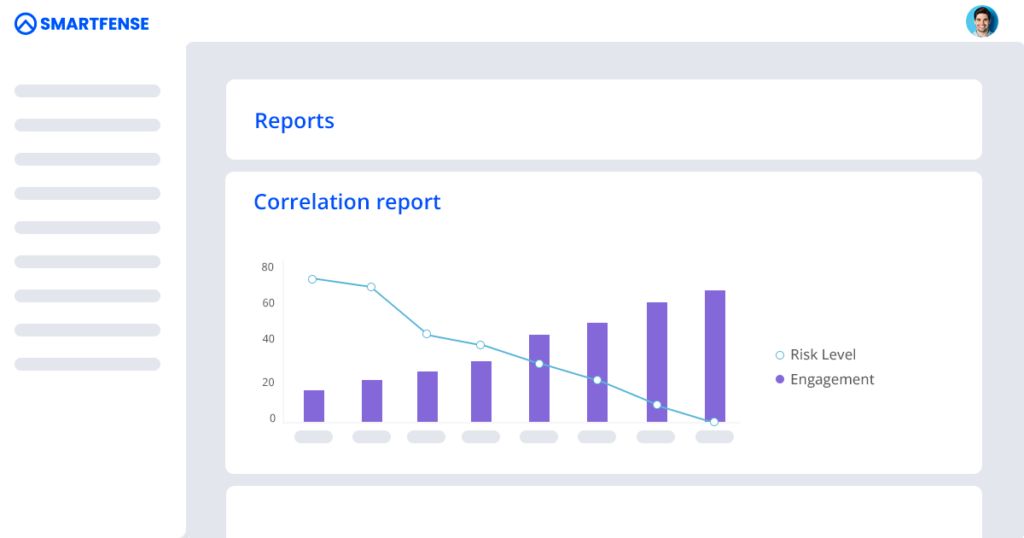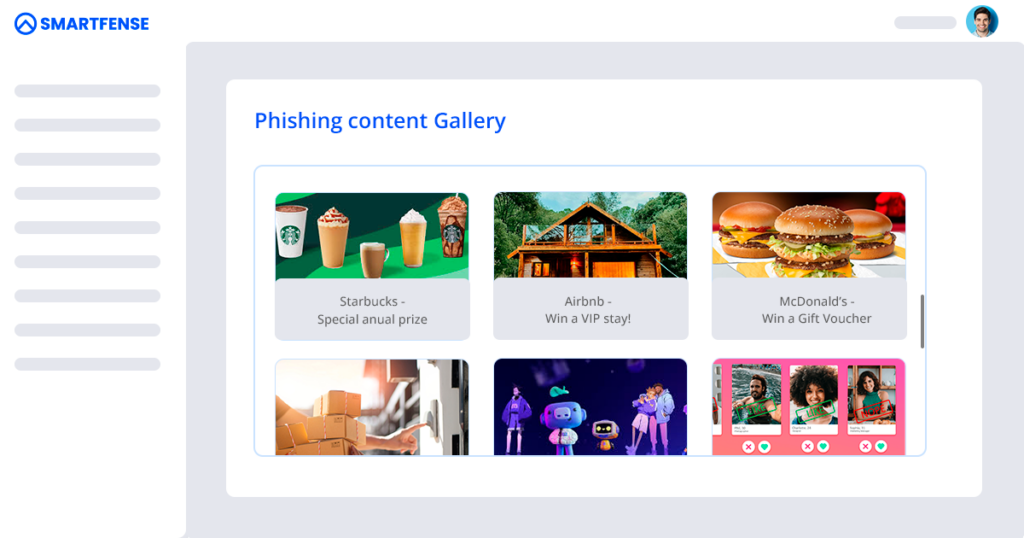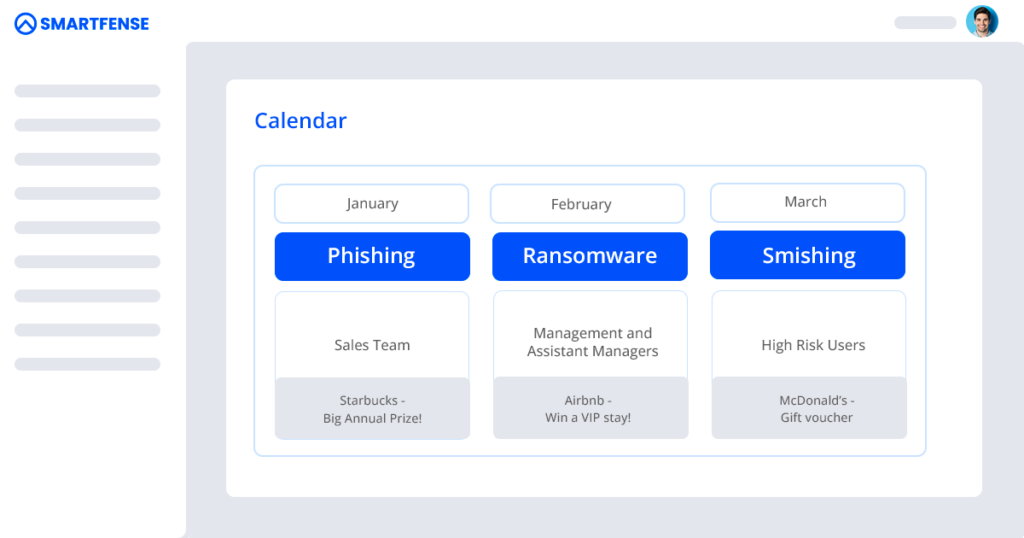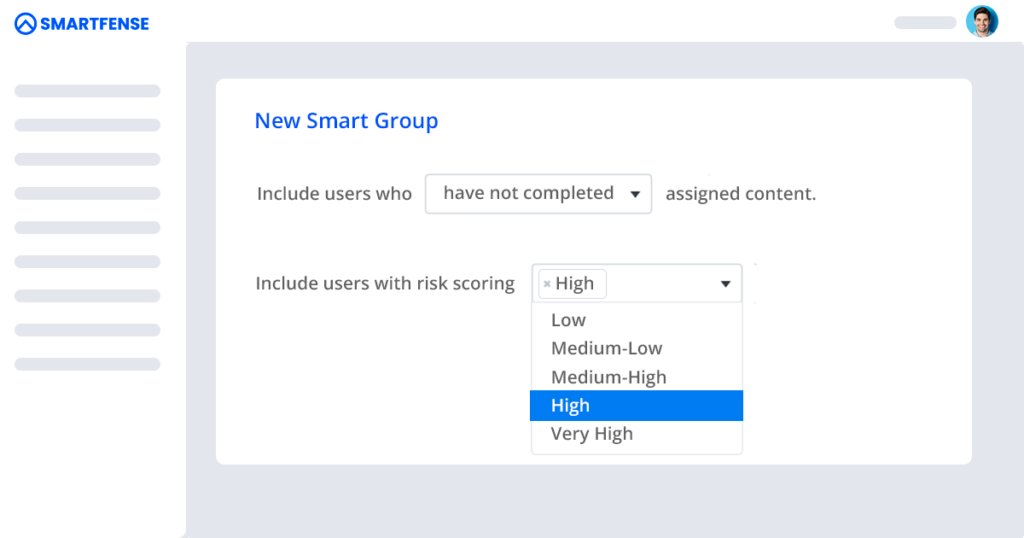When it comes to raising awareness, it's ideal to have a single platform that allows you to manage the entire program and correlate awareness actions in one place.
By this, we mean having tools for simulating Social Engineering attacks to assess the current risk level, as well as awareness tools to bring that risk to an acceptable level.
This will increase productivity, as you'll be able to conduct comprehensive management and have correlation reports that demonstrate user behavior evolution in a simple way.


If Social Engineering attack simulation tools and cybersecurity awareness tools are not correlated with each other, it can lead to scenarios that are unfavorable for creating a cyber-secure culture.
On one hand, it's important to note that simulation and awareness are two actions that go hand in hand and feed off each other. The result of one leads to specific adjustments and planning in the other.
On the other hand, when managing Social Engineering, we are dealing with people (human risk management). The success of the program largely depends on their level of interest and engagement. Both factors will be negatively affected if the program is not properly organized and coordinated.
If Phishing, Ransomware, QRishing, USB Drop simulations, etc., are launched without considering the current actions of the cybersecurity awareness program, the selected scenarios will not align with the program. It's possible that all users will receive the same content, regardless of their risk score, their current progress in the program, or their functional area (among other factors). This will reduce the effectiveness of the measurement and will not allow the simulations to be fully leveraged.
Another common problem caused by a lack of correlation is that the simulation tool may display training messages that don’t match the communication style users are accustomed to seeing in the awareness program. If the simulation tool uses a different sender, different graphic design, a different tone toward users, etc., the level of engagement will decrease.


The results of Social Engineering attack simulations are an important input for the information security awareness program. If the data is not correlated, undesirable situations can occur, such as repeat offenders not receiving additional awareness training, or users with good behavior not receiving incentives.
Another common example is that the difficulty of the traps sent by the team managing the simulation tool may change arbitrarily, without considering each user's current progress in the awareness program.
Having all the information on a single platform increases productivity by eliminating the need for importing, exporting, and reprocessing data. You can easily determine whether the actions you're taking are yielding the expected results.
Additionally, the program adapts more easily to user behavior. For example, through the use of smart groups, you can automatically assign awareness actions to users who exhibit unsafe behaviors (such as those who frequently fall for phishing traps).


Phishing, Ransomware, USB Drop, Smishing, Educational Moments, Risk Scoring and more...
Learn more

All the tools you need to carry out your awareness program.
Learn more

The SMARTFENSE platform provides several integration options with other manufacturers.
Learn more
In this post we analyze what you should consider when choosing a cybersecurity awareness platform.
No matter where you are, just look up to find the tower. Its presence is constant and overwhelming…
What does the GDPR say about this type of information? Can we use it in our awareness programs?
